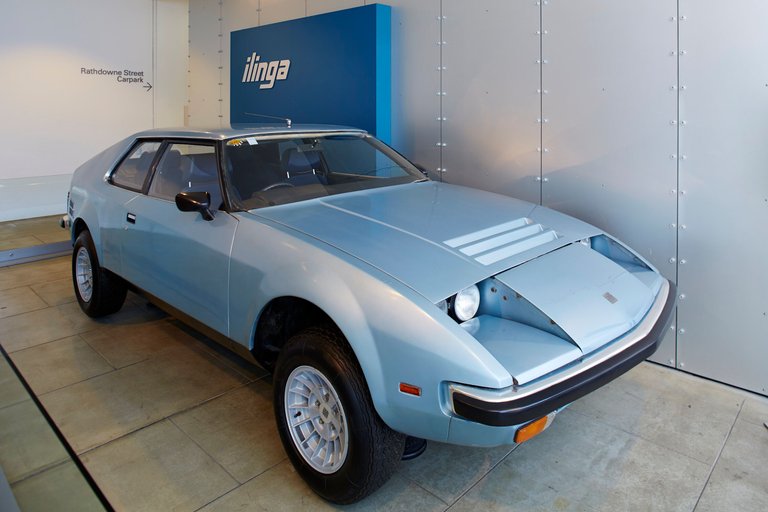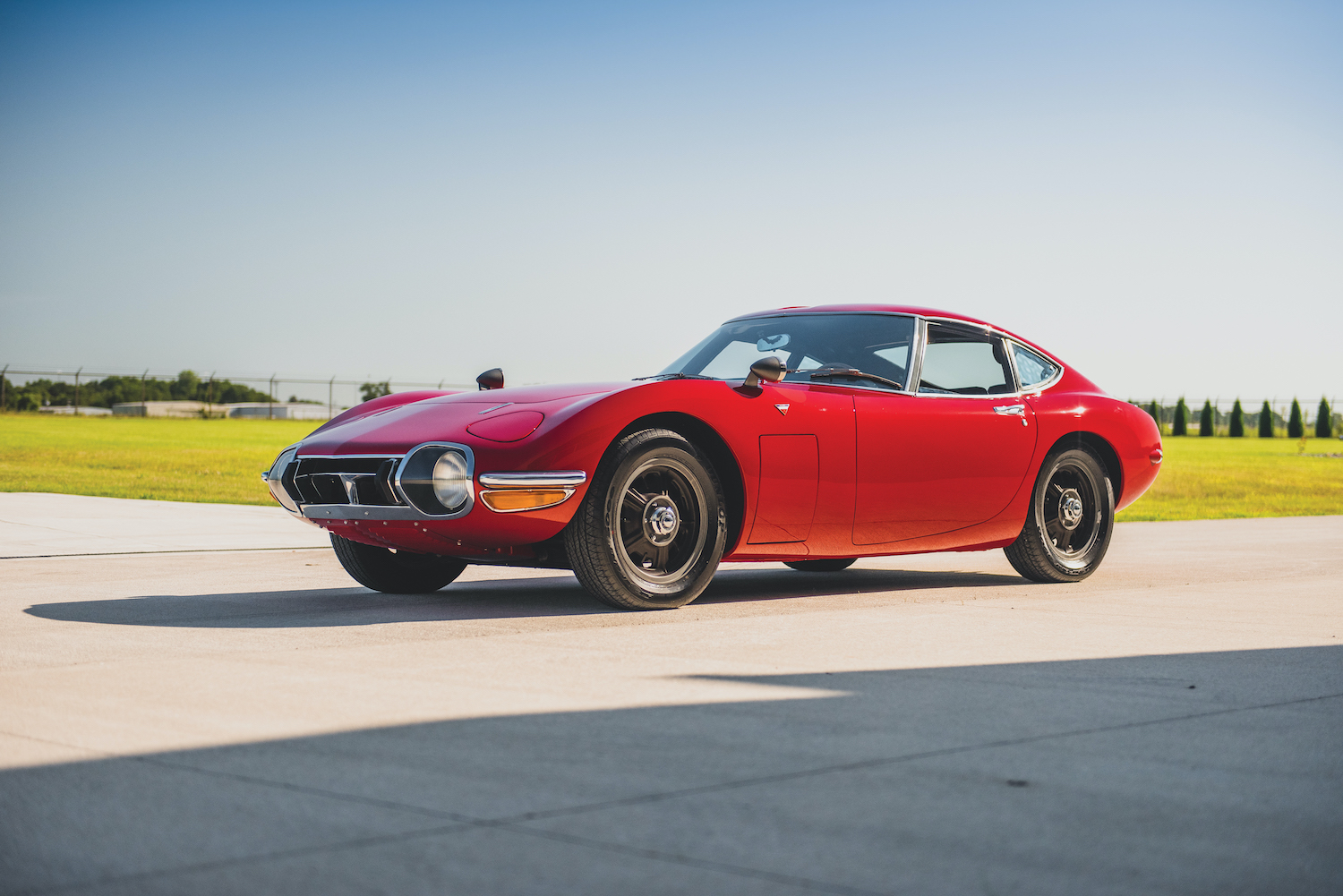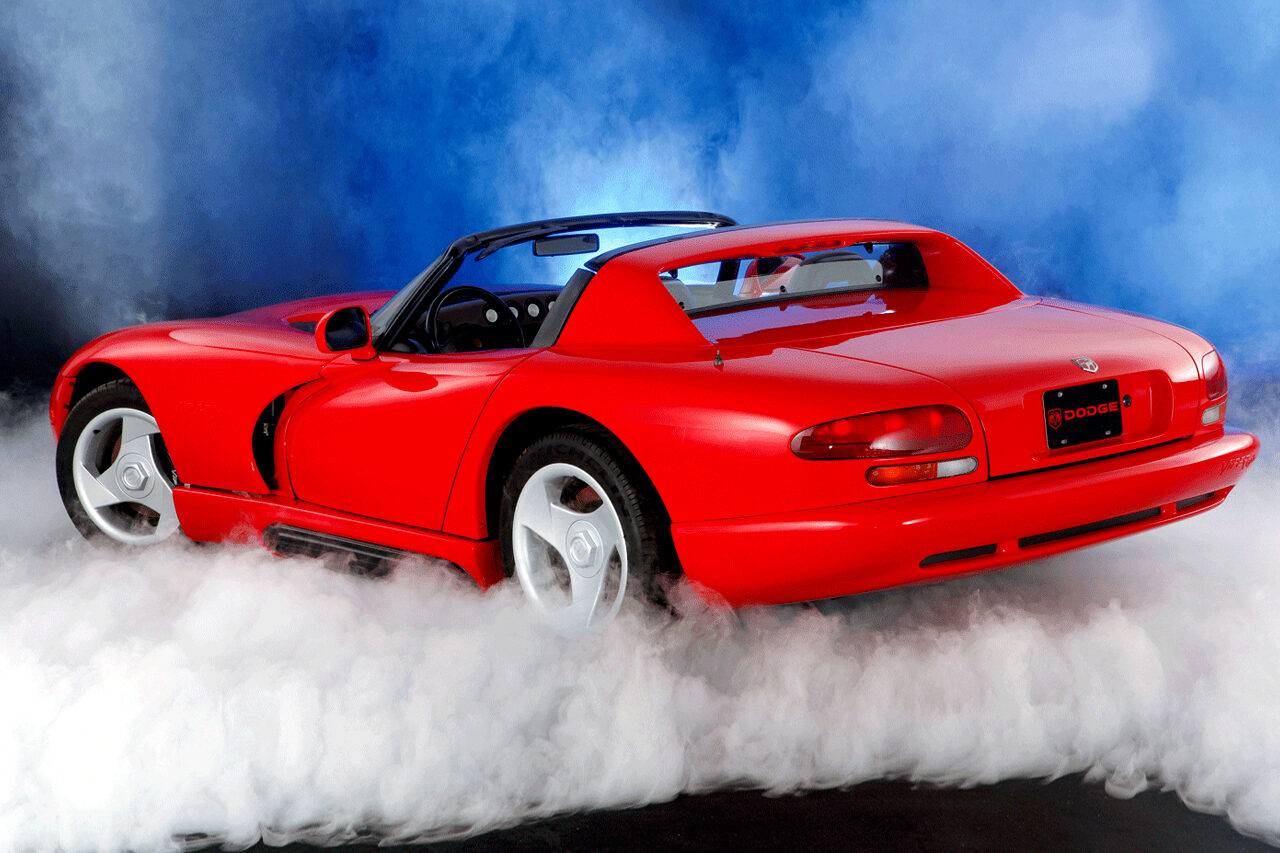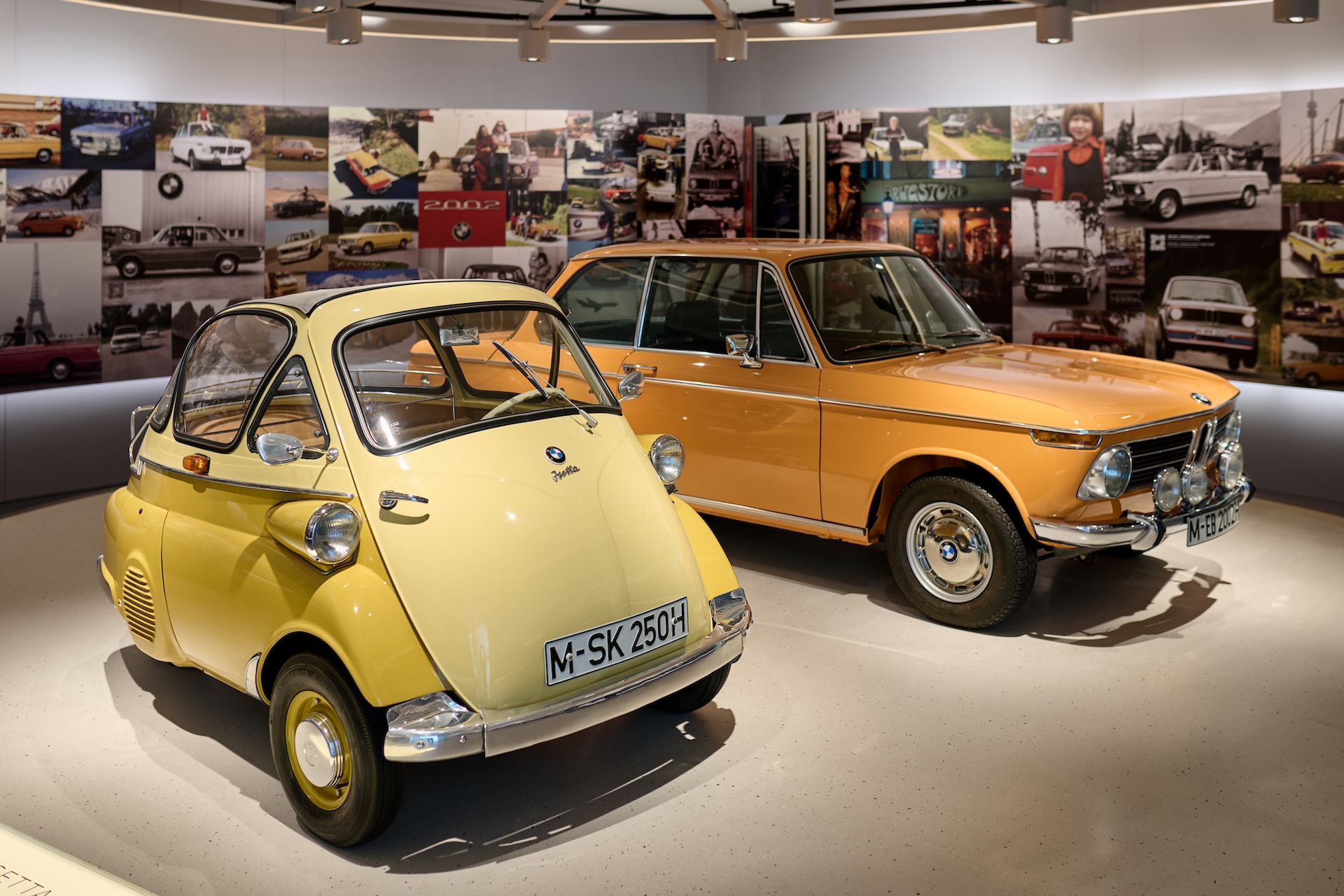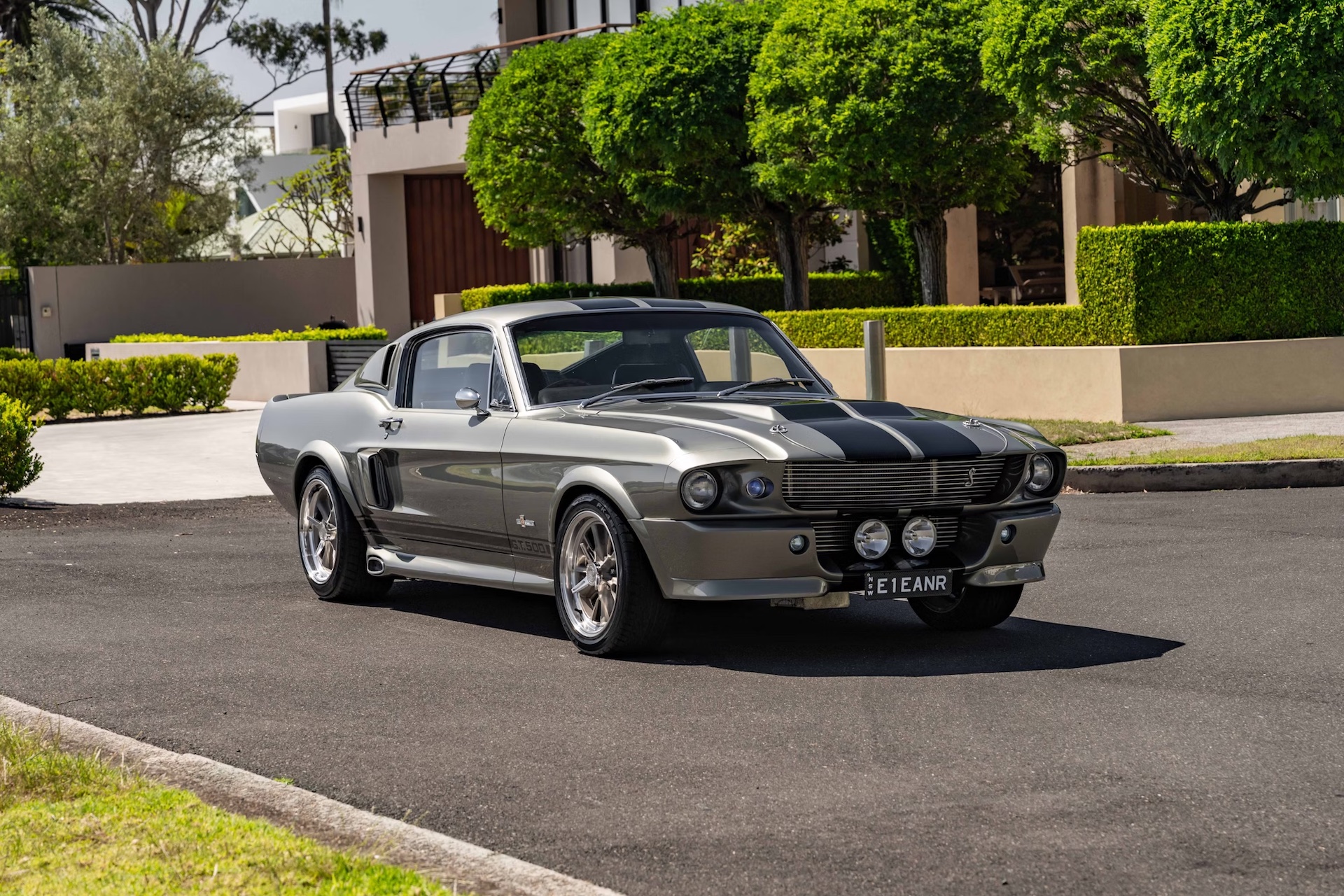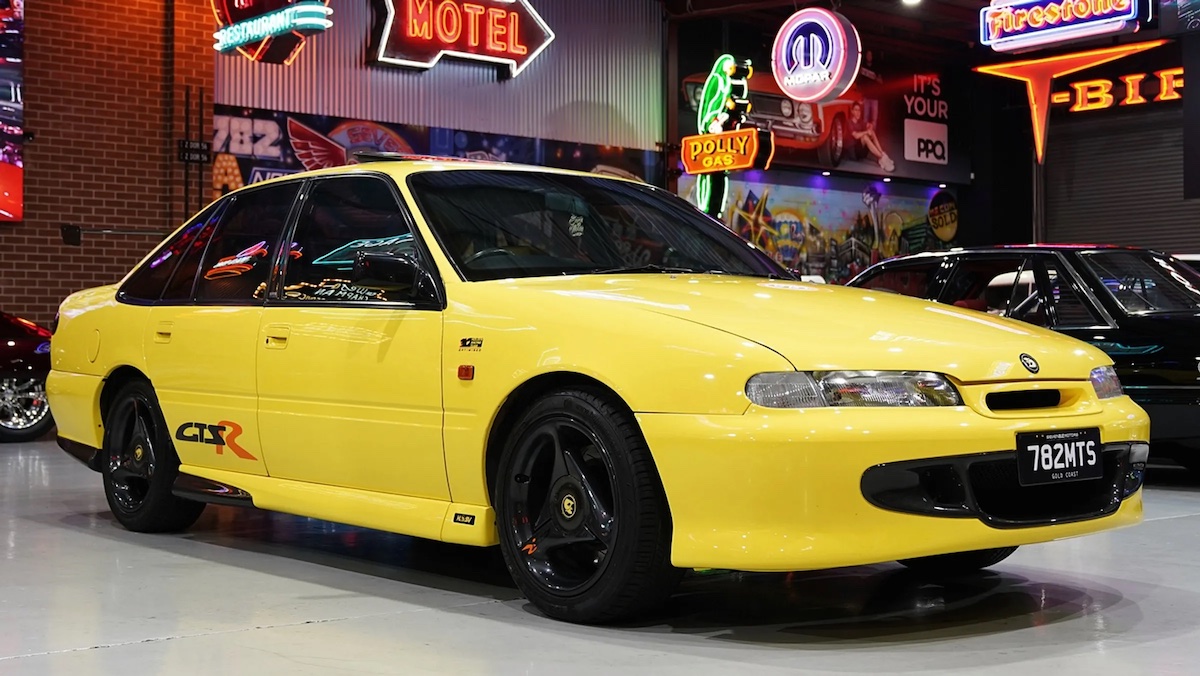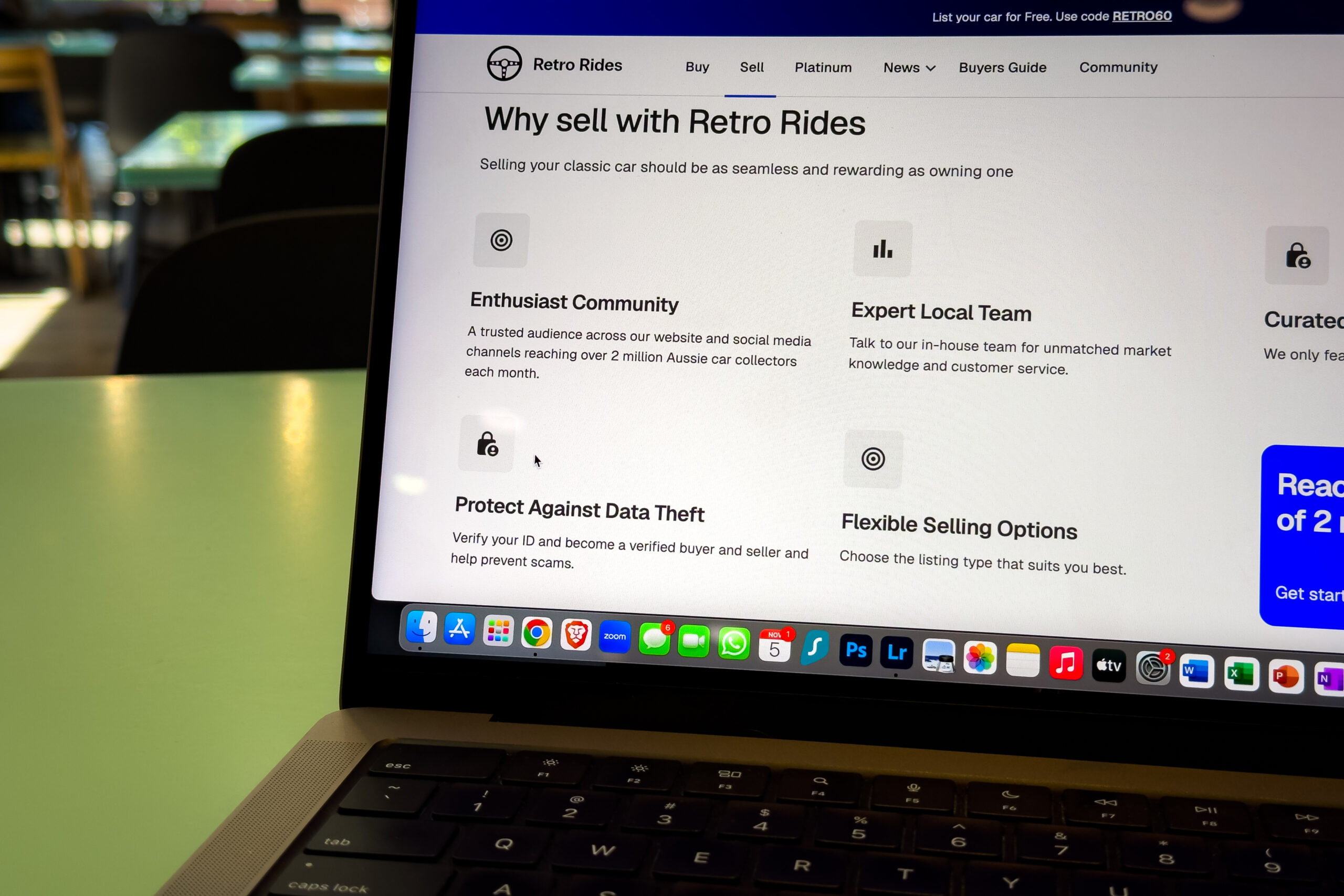A series on cars that had promise but were doomed to fail.
Cliff Chambers looks back on his interview with competition car designer Tony Farrell and his ambitious attempt to build a luxury GT car in suburban Melbourne.
In certain First Nations languages, the word Illinga means ‘Far horizon’ and Farrell, when embarking on the journey, knew he had some challenging ground to traverse.
The late Tony Farrell was a racing car designer with aspirations to build Australia’s first luxury touring coupe.
Jensen’s Interceptor provided inspiration for the car that Farrell would call Ilinga. In certain First Nations languages, the word means ‘Far horizon’ and Farrell, when embarking on the journey, knew he had some challenging ground to traverse.
In consultation with thermo-fan manufacturer Daryl Davies, Farrell hatched an ambitious plan to build a sporting coupe which applied European design influences to the needs of Australian buyers. It would use readily available components and offer technology that reflected its designer’s background in competition-car construction.
Speaking in 2004, almost 30 years after the Ilinga’s demise, Farrell talked candidly about his dip into the melting pot of Australian motoring history and the problems which beset and ultimately scuttled the project.
“It was a car designed from the ground up to satisfy market demand for a quality, Australian made prestige model,” Farrell recalled.
“We had seen the Buckle and Bolwell set high standards in sports car design but ours was a vehicle which would comfortably accommodate six-foot-two-inch (188cm) people – (so it was) practical and with excellent performance”.
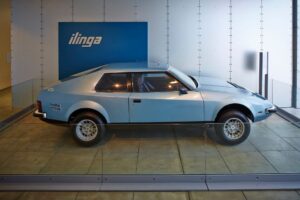
Beneath the Ilinga’s aluminium body was a complex web of steel tubing incorporating a passenger ‘safety cell’ and integrated rollcage. In the manner of Rover’s influential P6 and the innovative Citroen DS, the Ilinga’s non-stressed panels performed no structural role and the car could be safely driven without its bodywork.
How the Ilinga’s distinctive styling saw it compared to classic Lamborghini and Ferrari models.
Wedge-edge styling with similarities to a variety of European GTs confirmed the Ilinga’s status as an alternative exotic. From the front, hints of Lamborghini Urraco and Ferrari 400GT are evident, while in profile the car bears a strong resemblance to another ambitious failure; the French-built Monica.
Official photographs downplayed the Ilinga’s chunky rear end with its ‘flying buttress’ C-pillars and VW Passat rear window. Those taillights, if you hadn’t already guessed, were from a Mercedes-Benz S-Class luxury sedan.
“I didn’t set out to make it look like any particular car,” Farrell said.
“People have said they can see everything from Lamborghini and Ferrari to Citroen in the shape, but it is unique.
“I’m not sure whether it came out exactly as I wanted. Certainly, the C-pillar wasn’t right and when I looked at it from above when it was on the stand at the (1975) Melbourne Motor Show I thought, ‘God, that doesn’t look too good’.”
The body was intended initially to be formed using a specialty plastic called Noryl, which had been developed by General Electric for applications in the US space program and was renowned for its fire-retardant properties. In the end, supply problems proved insurmountable and both surviving Ilinga prototypes are bodied in aluminium.
Cost was always going to be a problem and Farrell confirmed a projected price tag above $16,000 which would make the Ilinga more expensive than a Jaguar XJ12. The Australian-made luxury GT car was to ooze bespoke luxury though, with the hoped for 100 buyers each year occupying a sumptuous cabin furnished with four individual bucket seats specially tailored by Recaro.
Air-conditioning, electric windows, a premium sound system and even a folding umbrella with its own storage pocket were to be standard, but power steering would be optional due to the lightness of the Leyland V8. Brakes were all-wheel discs using three-spot calipers and had originally been developed for Aston-Martin’s V8.
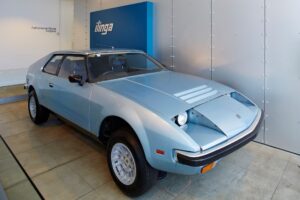
How the Ilinga’s move from Wankel rotary to V8 power led to 30 busted gearboxes and imperiled the project.
Of course, the Ilinga needed an engine that would deliver performance in keeping with the car’s projected price. Farrell had been closely involved with development of Mazda’s Production Touring cars, helping put rotary-engined Mazdas on the Australian motor sporting map with a string of class wins at events including the Bathurst 1000.
Deferring to engineering he understood very well, Farrell initially wanted his car to use rotary power, but then came his first brush with legal impediments.
“Mazda were happy to supply the engines but we had to negotiate a license agreement with Wankel in Germany and that was going to cost a million dollars and wasn’t viable,” he said.
Farrell’s next choice was the 4.4-litre alloy V8 being fitted to Leyland’s P76. He knew from his competition experience the performance potential of the unit and had Ilinga’s engineering team blueprint a developmental engine. The cylinder heads were modified and a new inlet manifold cast, replacing the two-barrel carburettor with a pair of 40mm Webers.
Dynamometer tests confirmed the Ilinga V8 was significantly more powerful than the standard engine, producing around 60kW more which created a problem that would be pivotal to the project’s downfall.
The evaluation cars used four-speed manual gearboxes but the Ilinga team was convinced that potential buyers would generally want an automatic and went looking for a suitable unit.
“Borg Warner in South Africa built a four-speed auto which would have done the job but their Australian management wanted us to use a local product so we got an upgraded version of the Type 35,” Farrell recalled.
“They told us that the ‘box worked in Chargers and P76s but since our modified engines were producing up to 100bhp more than the Leyland version – with the dyno sheets to prove it – we were unconvinced. So, Borg-Warner gave us 30 transmissions to test.”
“The first transmission was blueprinted and full of handpicked components and did the job,” Farrell confirmed.
“The other 29 production ‘boxes “blew up” – all for different reasons – and work on 10 partly-completed cars for which customers had paid was stopped while a solution was sought.”
Farrell would eventually take legal action against Borg-Warner for their failure to honour the agreement to provide a suitable transmission for the car, but courtroom delays ensured it was a fruitless exercise.
How court action, crushed cars and refunded deposits killed the Australian GT dream.
“After a couple of years, the court action went nowhere,” a disgruntled Farrell recalled.
“In the end we had to refund 40 full payments and 40 deposits and even crush the incomplete cars.”
Despite “we’ve driven it” magazine boasts, the motoring press never managed a full test of the Ilinga prototype. Modern Motor in April 1975 did manage a brief jaunt through Port Melbourne’s back streets before declaring the car to be “…quiet, obviously powerful….solid in a most comforting way…with incredible brakes.”
The museum piece and the mystery missing Ilinga prototype.
Two Ilingas were completed, with one surviving in the Victorian Science Museum collection and which is occasionally on display. The second car was originally painted green but later resprayed and has disappeared. It was known during the 1990s to be in the hands of a private owner somewhere in Melbourne.
So, did Tony Farrell believe that the Ilinga without its auto transmission woes would have been a success?
“The car was a Mark 1 version; not perfect by any means but we would have built at least 80 of those cars and that would have given us the impetus to move on to the Mark 2 and 3, so who knows what could have happened.”
Since 1975 when the Ilinga project breathed its last, other aspiring automotive entrepreneurs have attempted to bring limited production, bespoke designs to market. None have succeeded.
Even the highly-credentialed Bolwell brothers, while trying to revive their company’s famed Nagari name via a new mid-engine design, have had trouble finding buyers with $197,500 to sink into the latest version.

